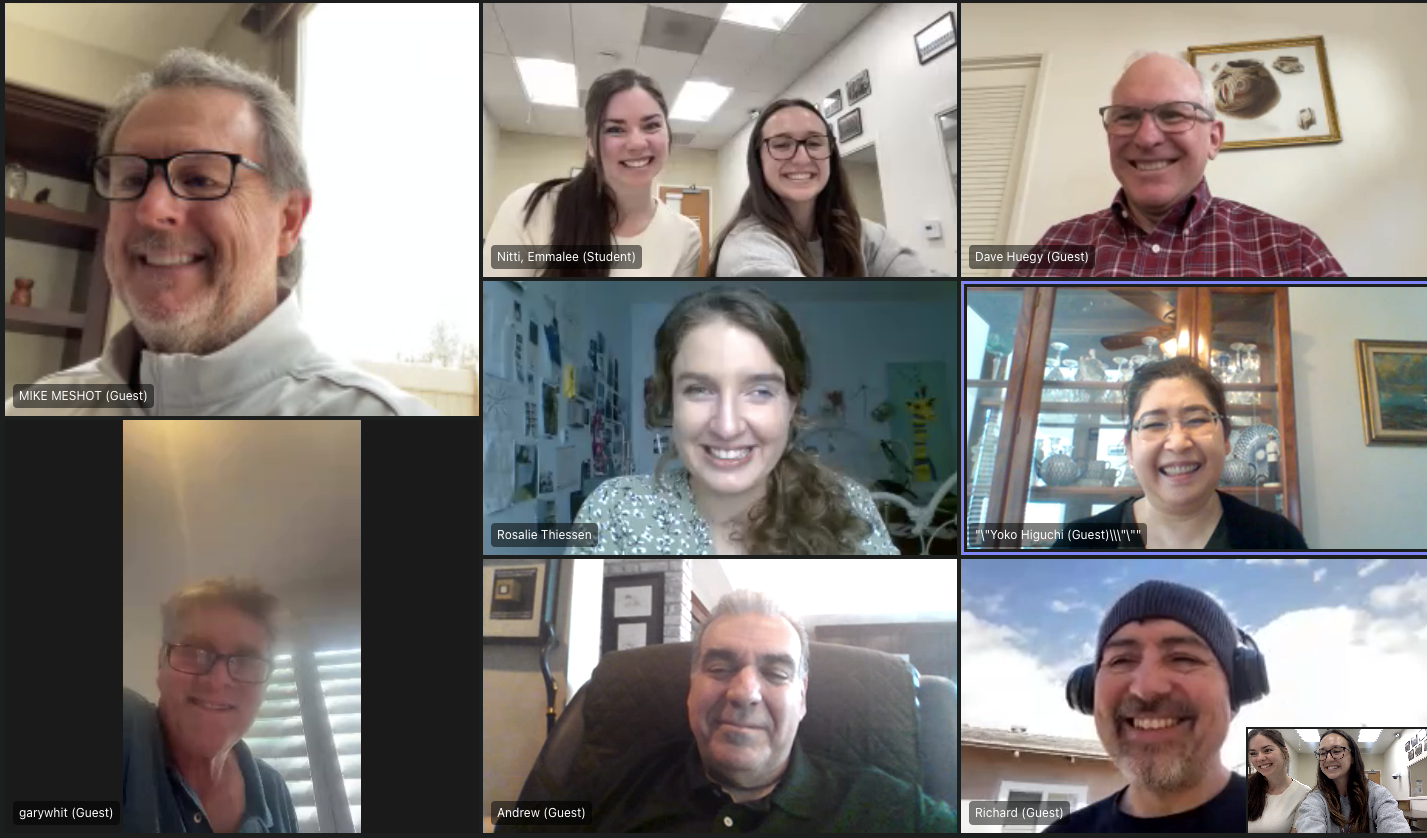GPT-4 has been unveiled, and it is presently in the headlines. It is the know-how guiding the well-liked ChatGPT made by OpenAI which can deliver textual details and imitate individuals in query answering. After the success of GPT 3.5, GPT-4 is the most up-to-date milestone in scaling up deep learning and generative Synthetic Intelligence. In contrast to the earlier edition, GPT 3.5, which only allows ChatGPT choose textual inputs, the hottest GPT-4 is multimodal in nature. It accepts textual content as very well as pictures as enter. GPT-4 is a transformer model which has been pretrained to predict the upcoming token. It has been great-tuned applying the thought of reinforcement studying from human and AI comments and takes advantage of general public details as nicely as licensed info from third-occasion providers.
Listed here are a couple of key factors on how products like ChatGPT/GPT-4 vary from conventional language versions in his tweet thread.
The major explanation the most current GPT model differs from the standard kinds is the use of the Reinforcement Understanding from Human Feed-back (RLHF) thought. This strategy is utilized in the coaching of language versions like GPT-4, contrary to common language types in which the product is educated on a significant corpus of text, and the goal is to forecast the future phrase in a sentence or the most likely sequence of words and phrases offered a description or a prompt. In distinction, reinforcement studying includes coaching the language design utilizing responses from human evaluators, which serves as a reward signal that is dependable for assessing the high-quality of the created textual content. These evaluation procedures are similar to BERTscore and BARTscore, and the language design keeps on updating alone to improvise the reward score.
A reward model is generally a language model that has been pre-experienced on a large amount of text. It is very similar to the base language design used for manufacturing text. Joris has supplied the instance of DeepMind’s Sparrow, a language model qualified making use of RLHF and applying three pre-experienced 70B Chinchilla products. 1 of people styles is employed as the base language product for textual content generation, even though the other two are employed as individual reward versions for the evaluation approach.
In RLHF, the data is gathered by inquiring human annotators to pick out the ideal-generated text given a prompt these possibilities are then converted into a scalar desire value, which is used to coach the reward design. The reward purpose brings together the evaluation from a single or many reward models with a coverage change constraint which is created to minimize the divergence (KL-divergence) amongst the output distributions from the primary coverage and the recent policy, as a result preventing overfitting. The policy is just the language design that makes text and keeps on having optimized for developing higher-excellent textual content. Proximal Plan Optimization (PPO), which is a reinforcement mastering (RL) algorithm, is employed to update the parameters of the current plan in RLHF.
Joris Baan has talked about the likely biases and limits that may well crop up from accumulating human suggestions to coach the reward method. It has been highlighted in the InstructGPT’s paper, the language design that follows human guidelines, that human tastes are not universal and can range dependent on the focus on neighborhood. This indicates that the facts applied to teach the reward model could impact the model’s behavior, primary to undesired benefits.
The tweet also mentions that the decoding algorithms show up to perform a smaller sized job in the schooling process, and ancestral sampling, typically with temperature scaling, is the default method. This could reveal that the RLHF algorithm currently steers the generator to distinct decoding tactics all through the instruction system.
In conclusion, working with human preferences to train the reward model and to guideline the text generation course of action is a important variation between reinforcement understanding-primarily based language versions these types of as ChatGPT/GPT-4 and conventional language types. It permits the model to generate textual content that is more most likely to be rated highly by human beings, primary to a superior and much more all-natural-sounding language.
This short article is based mostly on this Tweet thread by Joris Baan. All Credit score For This Research Goes To the Researchers on This Challenge. Also, don’t forget to join our 16k+ ML SubReddit, Discord Channel, and Electronic mail Newsletter, where we share the hottest AI analysis news, cool AI tasks, and additional.
![]()
Tanya Malhotra is a last year undergrad from the College of Petroleum & Electrical power Scientific studies, Dehradun, pursuing BTech in Pc Science Engineering with a specialization in Synthetic Intelligence and Device Mastering.
She is a Data Science fanatic with fantastic analytical and vital wondering, along with an ardent curiosity in obtaining new competencies, leading groups, and handling operate in an arranged method.

